Taking a little time to prepare some food for coming days can help when life is busy—and just when we need a little help feeling more on top of things. These tips for how to meal prep toddler meals come in handy for lunches and snacks, whether at home or to pack for daycare or a sitter.

How to Meal Prep for Kids
Multiple times a week, I stand in front of the fridge and wonder: What can I give my kids that they haven’t already eaten today? There are days when it feels like they’ve already had everything I have on hand.
And while they’d happily eat fruit and cheese for every meal (and crackers and Cheerios), I want to offer a wider variety of foods so they’re exposed to a range of nutrients and flavors.
I mean, don’t we all want that?
Here’s the truth: I’ve found that lowering my expectations a little, embracing a little less than perfect, and remembering that it’s okay if my kids don’t eat different foods every day of the week helps. We can remember that it’s actually okay if the kids eat some (or a lot) of the same foods regularly.
And so do a few strategies for getting twice as much work in with the same amount of effort.
I acknowledge that this does take time, but I sneak in extra prep while I’m already cooking—rather than having to find a chunk of time on the weekend or at night. This approach feels manageable to me. (Usually!)
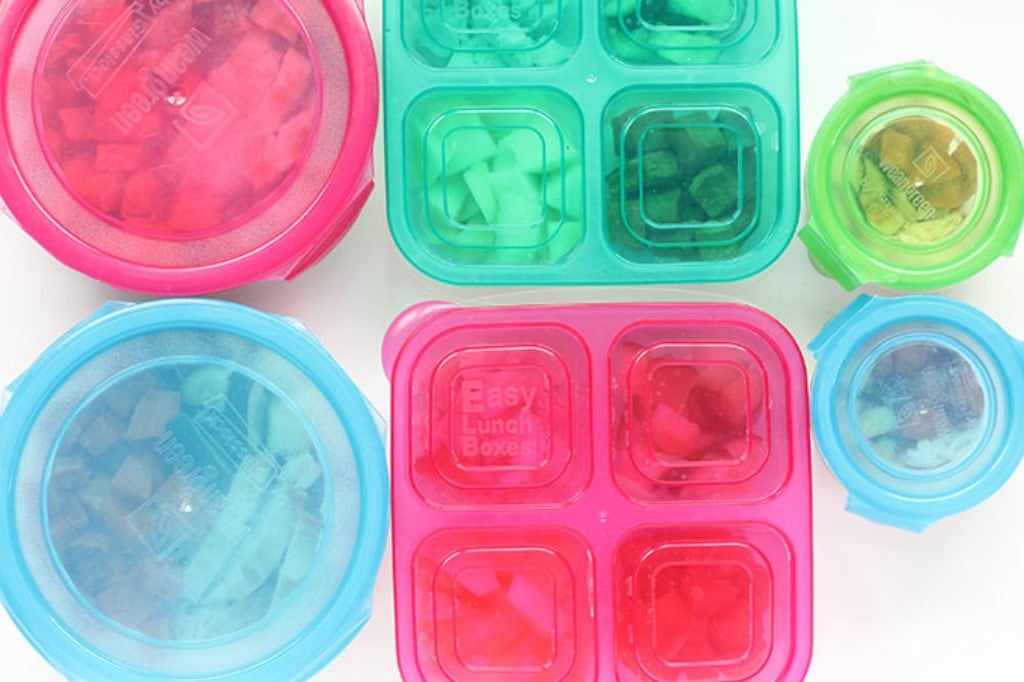
1. Make Double
Whenever I make oatmeal, I always make at least two servings per kid so I can serve one that day and one the next. (When the kids were littler, I used to serve the oatmeal cold as a finger food that following day.) Cooking twice as much and reheating the leftovers works well for my family with:
I also love to cut up twice as much fruit—strawberries, mango, pineapple, oranges—and put into snack containers for the next day so we’re ready to go.
TIP: This list may look different for you, so sub in any meal or food that you find yourself cooking a lot, and simply cook twice as much each time and serve the rest in the following day or two.
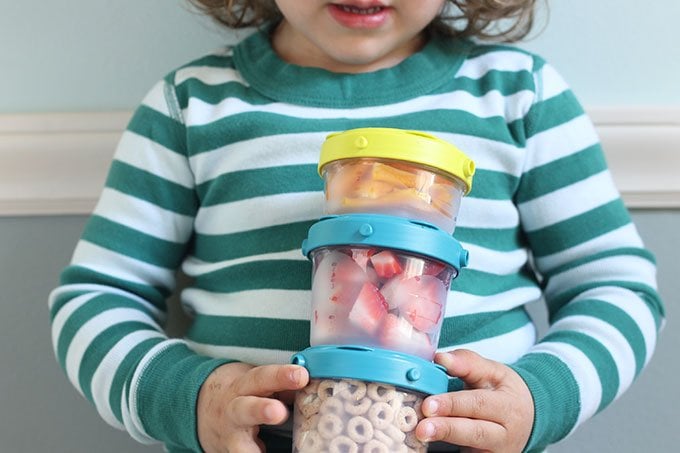
2. Steal from Dinner
We try to pack my husband’s lunches from our dinner leftovers, but before we start the meal, I also set aside some of the veggies for my toddler’s lunch the next day. This ensures that they get served veggies at their midday meal (even if they decide not to eat them!) without having to cook separate veggies for lunch.
Yes, this means you may need to cook a little extra the first time around, but it spares you from having to do it the second day.
TIP: These Baby Snacks are easy to prep and may come in handy.
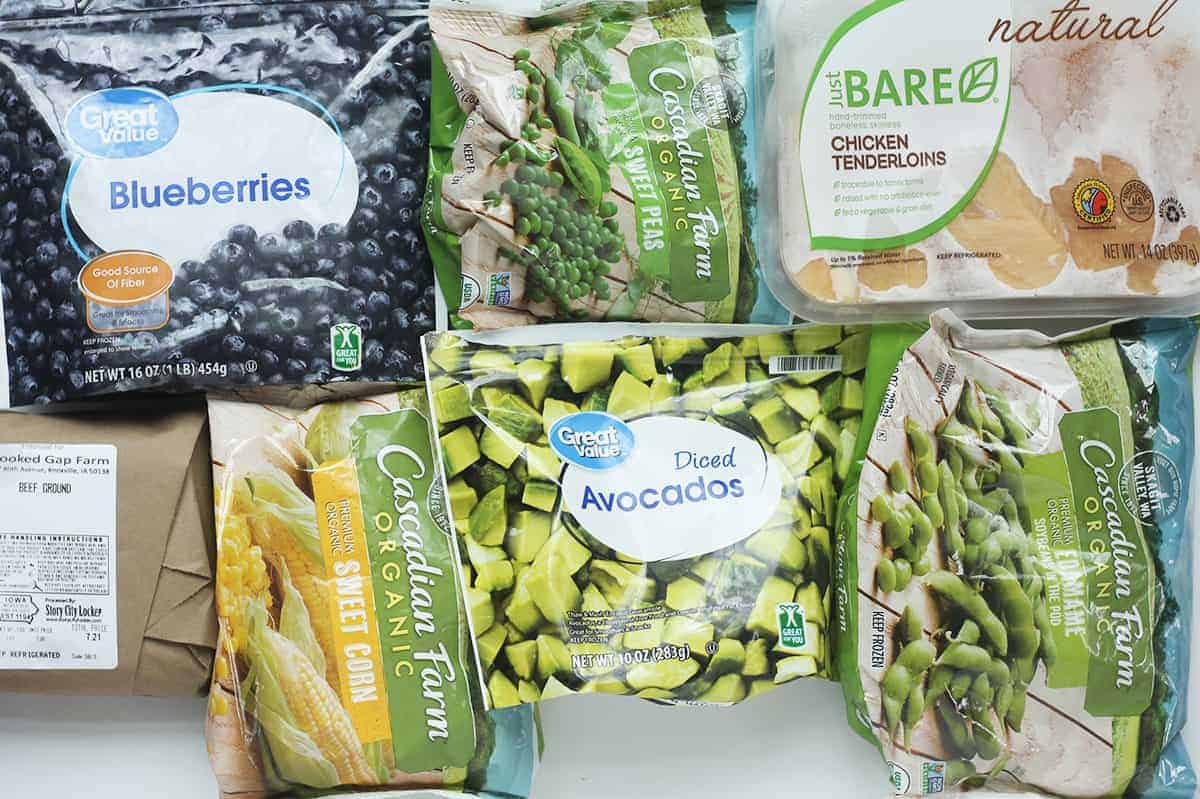
3. Use the Freezer
Some assortment of peas, corn, broccoli, edamame, and/or beets are almost always on hand in our freezer. This way, I can pull veggies and either steam them slightly or simply let them thaw overnight in a packed lunchbox (I do this with peas and corn), no fancy prep-work required.
Many frozen veggies can even be prepared right in the bag, saving you from washing a pot.
Canned veggies are also a quick option that deliver almost identical nutrients to fresh (and sometimes more since they are preserved at the time of peak freshness).
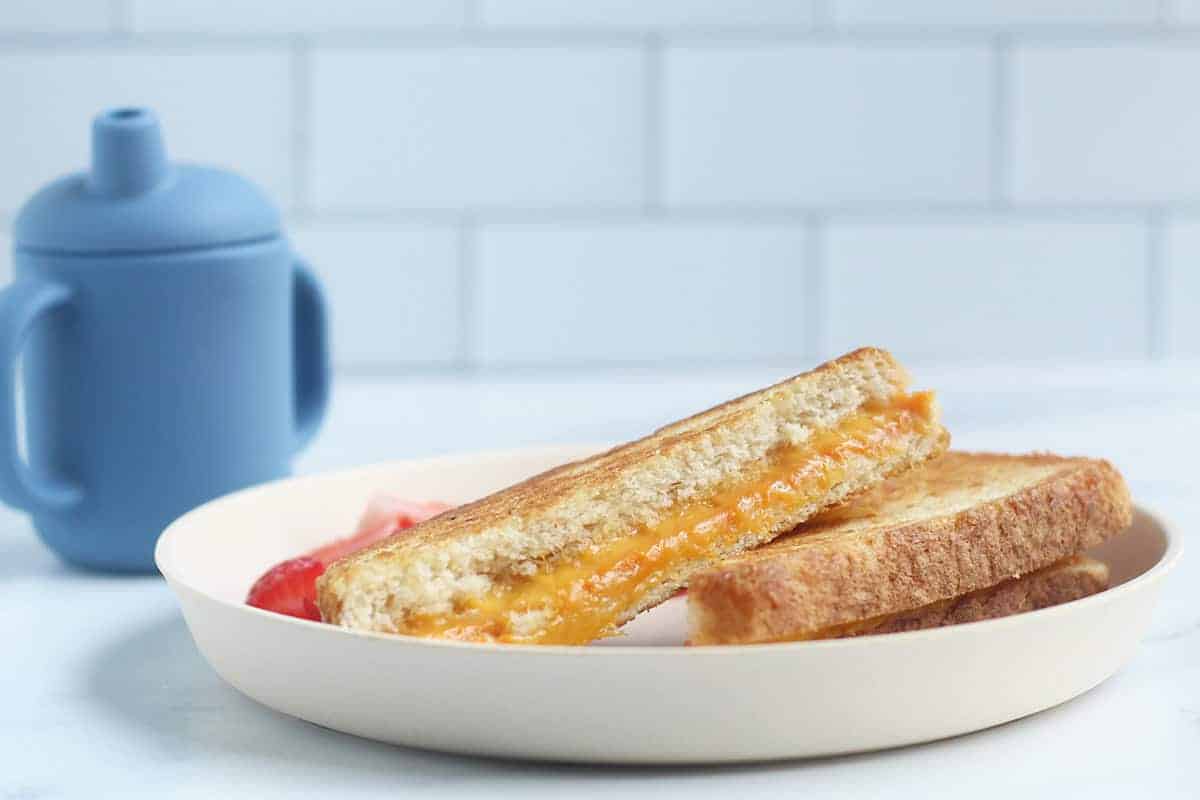
4. Use Leftovers Creatively
If we have leftover roasted sweet potato or butternut squash, I might stir it into oatmeal, pancake batter, Grilled Cheese, or pasta sauce. Lingering roasted potatoes or asparagus might go into an omelet.
Roasted cauliflower or Brussels sprouts pair well with quickly boiled pasta and butter. Leftover steamed cauliflower goes into the freezer for smoothies. (I was skeptical, but it’s flavorless!)
Stir cheese and a tiny bit of crushed kale or leftover broccoli into leftover rice or quinoa.
And leftover avocado adds creaminess to Avocado Smoothies.
If there is something in the fridge already prepared, I find the simplest and yummiest way to give it new life!
5. Take Shortcuts
Those precooked lentils, rice, and squash at the store? The precut and shredded veggies? That rotisserie chicken? Yes, these convenience foods sometimes come with a premium price tag, but when you’re really busy, they can be a key to making meals come together faster.
And with a hungry toddler underfoot, fast and easy is often essential.
Other shortcuts could include canned fruit, canned veggies, freezer meals, pouches, and more. It’s really fine to use a mix of different kinds of foods!
Then, Remember the Big Picture
Of course, the other key to managing the seemingly endless toddler feeding demands is to try not to worry too much about the daily diet. Some days my kids eat more fruit than anything else, and often they go days without a green veggie.
There is so much variation in “normal” toddler eating that it can help to remember little kids don’t eat like charts say they will, with perfectly balanced meals and snacks each day.
But if I look at what they eat over the course of a week, it usually balances out. When in doubt, zoom out to the bigger picture!
You May Also Like
I’d love to hear your feedback on this post, so please comment below!
This post was first published July 2017.
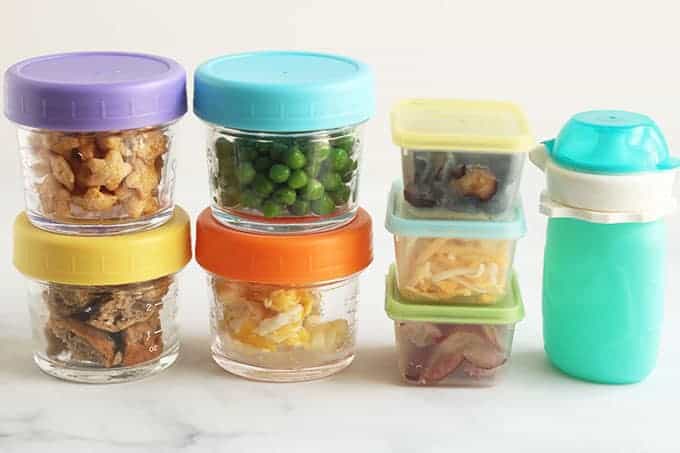
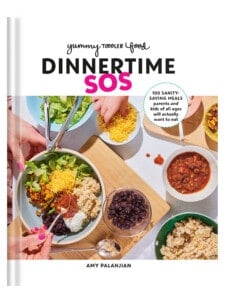
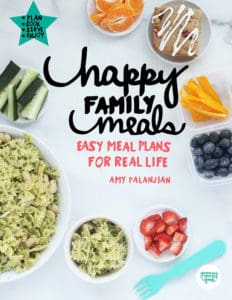
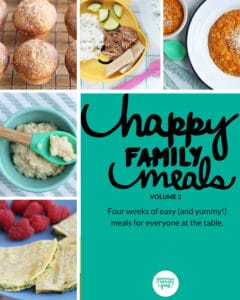















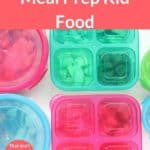
Love the idea of thawing frozen foods overnight in a packed lunchbox. SO easy!